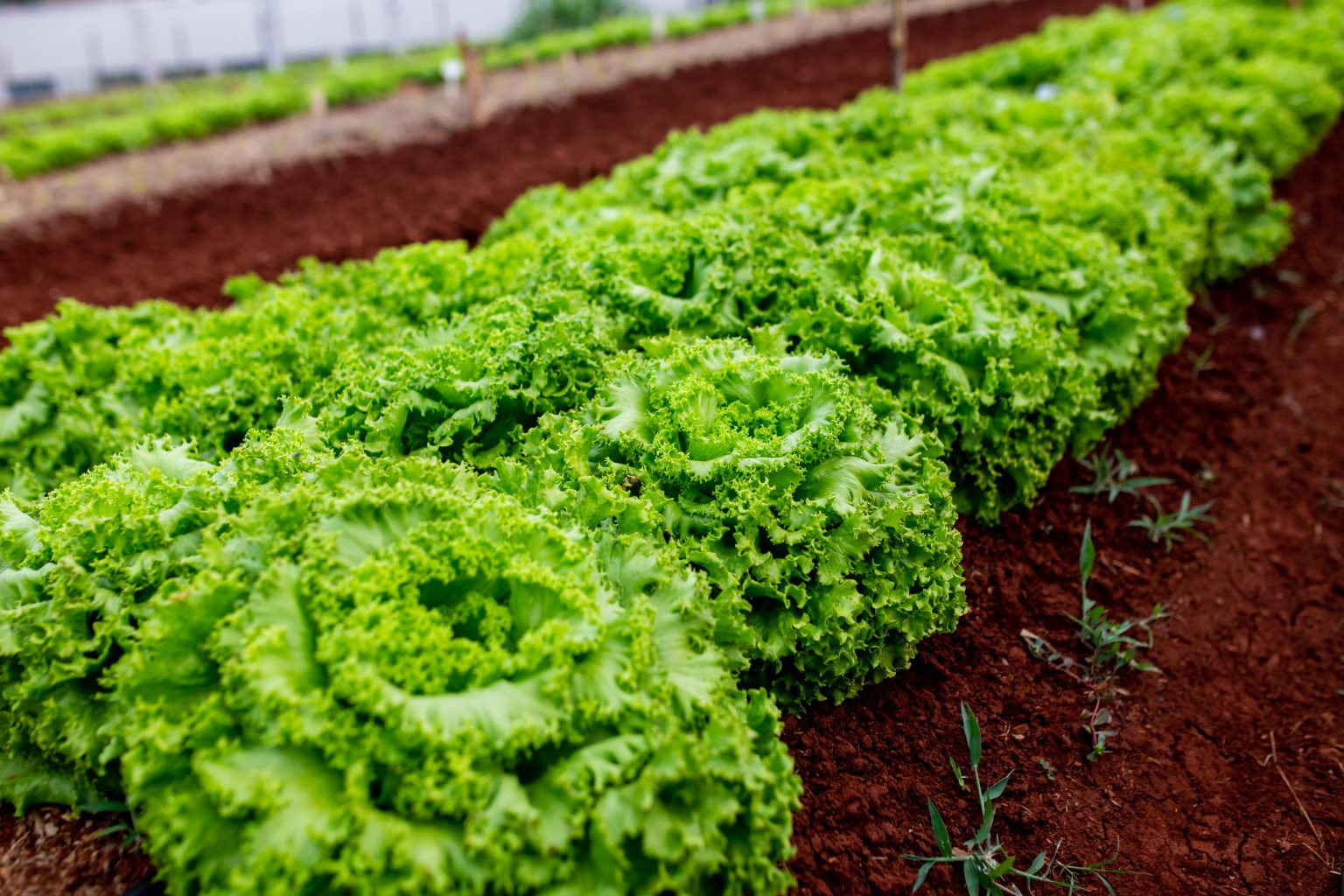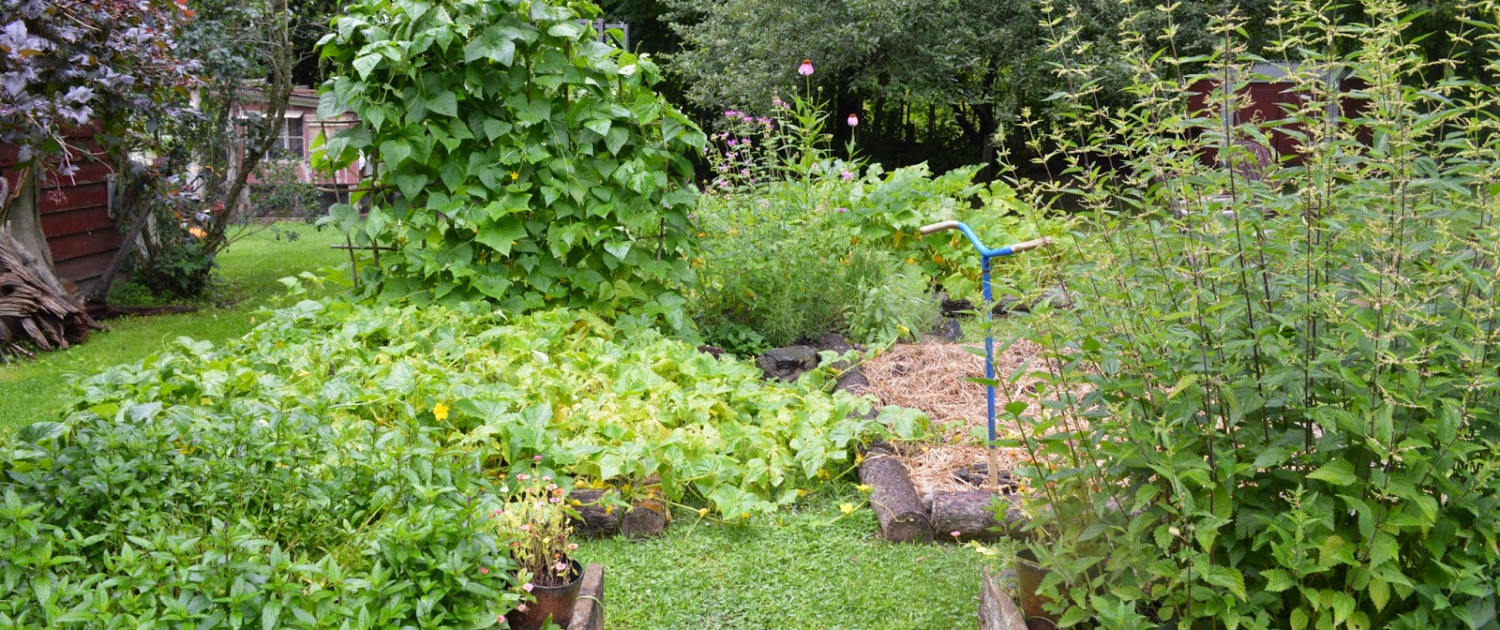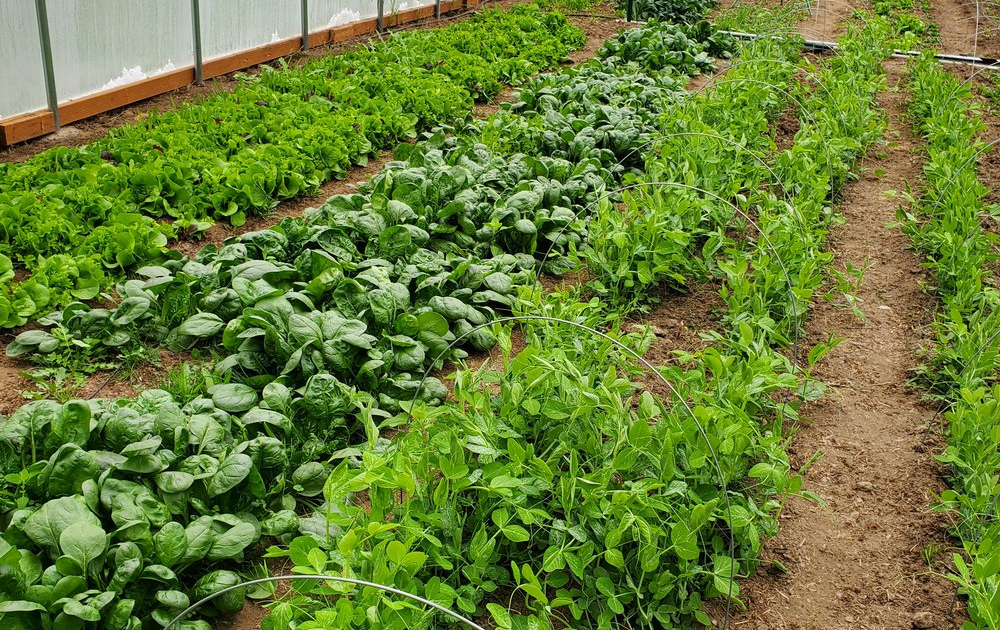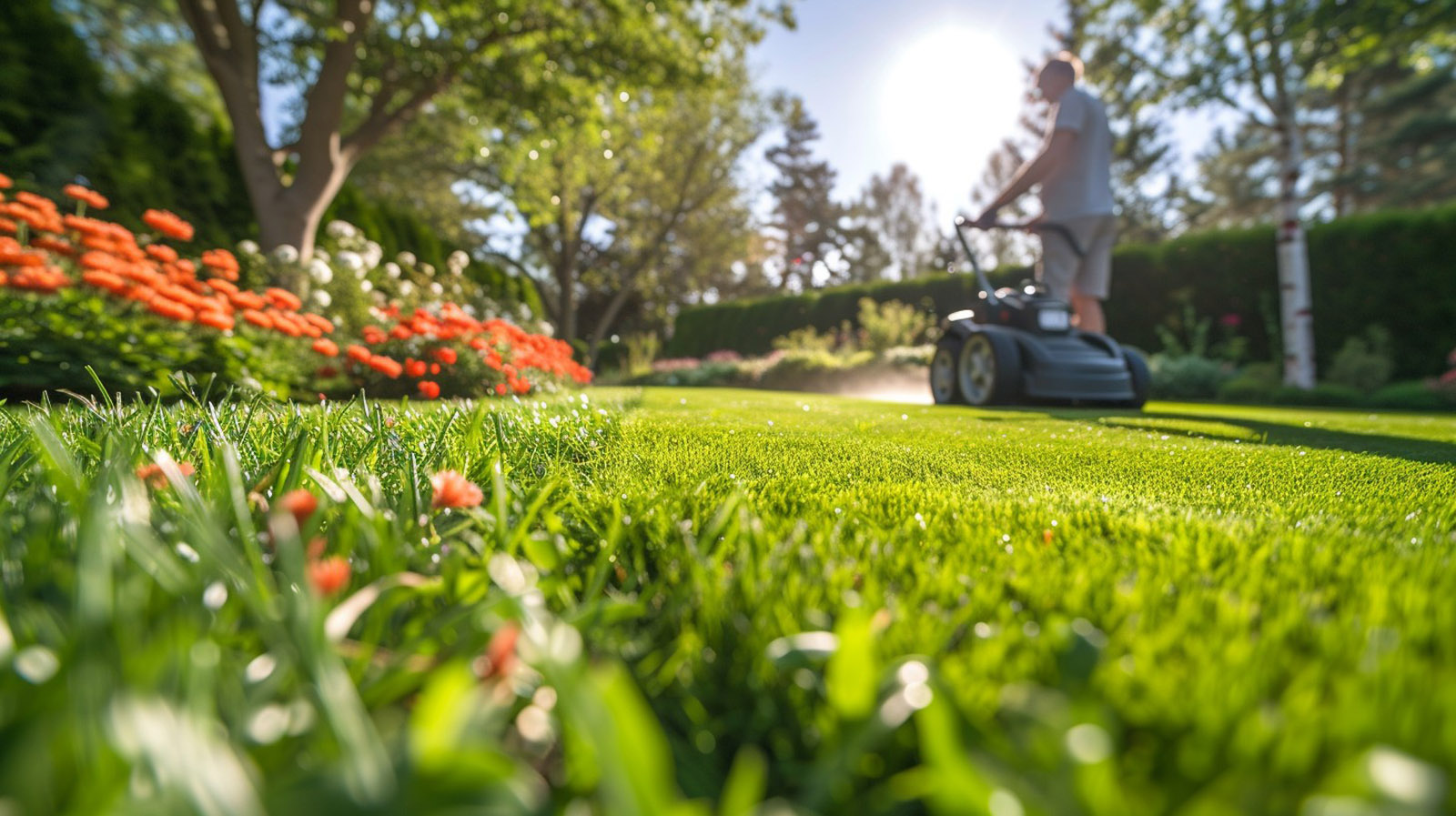
If you’ve ever dreamed of plucking fresh, ripe vegetables from your own backyard, you’re in the right place. Whether you’re a complete novice or have dabbled in gardening before, growing your own vegetables is a rewarding experience that connects you with nature and provides a bountiful harvest for your table. In this beginner’s guide, we’ll explore the essentials of vegetable gardening, tailored to the unique weather and climate of the Okanagan, Vancouver Island, and Lower Mainland regions.

Growing Your Own Vegetables A Beginner’s Guide
- Understanding Your Climate. Before you dig into the soil, it’s crucial to understand the climate of your region. In the Okanagan Valley, known for its warm summers and mild winters, crops like tomatoes, peppers, and zucchinis thrive in the ample sunshine and well-drained soil. Vancouver Island’s maritime climate brings mild temperatures year-round, making it ideal for a variety of vegetables such as leafy greens, root crops, and brassicas like broccoli and cauliflower. The Lower Mainland’s temperate climate offers a longer growing season, perfect for a diverse range of vegetables including peas, beans, lettuce, and herbs.
- Working with Seasonal Changes. In gardening, timing is everything. Pay attention to seasonal changes and plan your planting accordingly. In the Okanagan, start your warm-season crops after the last frost date in spring, typically around late April to early May. Vancouver Island enjoys a more temperate climate, allowing for year-round gardening with a focus on cool-season crops in spring and fall. In the Lower Mainland, take advantage of the mild winters to extend your growing season and experiment with winter gardening for crops like kale, spinach, and carrots.
- Essential Gardening Tips:
- Sunlight: Most vegetables require at least 6-8 hours of sunlight per day. Choose a sunny spot in your garden or consider container gardening on balconies or patios.
- Soil Preparation: Invest in good quality soil or amend your existing soil with compost to improve fertility and drainage. Conduct a soil test to determine pH levels and nutrient deficiencies.
- Watering: Maintain consistent moisture levels in the soil, especially during hot summer months. Mulch around plants to retain moisture and suppress weeds.
- Pest and Disease Management: Keep an eye out for common pests like aphids, caterpillars, and slugs. Practice crop rotation and companion planting to minimize pest and disease problems naturally.
- Harvesting: Harvest vegetables at their peak ripeness for the best flavor and nutritional value. Regular harvesting encourages continuous production and prevents overcrowding in the garden.

Growing Your Own Vegetables A Beginner’s Guide
Embarking on your vegetable gardening journey is an exciting step towards self-sufficiency and sustainability. By understanding your local climate, adapting to seasonal changes, and implementing essential gardening tips, you’ll soon be enjoying the fruits (and vegetables) of your labor. Whether you’re cultivating a small urban plot or tending to a sprawling backyard garden, remember that every green shoot and ripe tomato is a testament to your dedication and connection to the natural world. Happy gardening!

